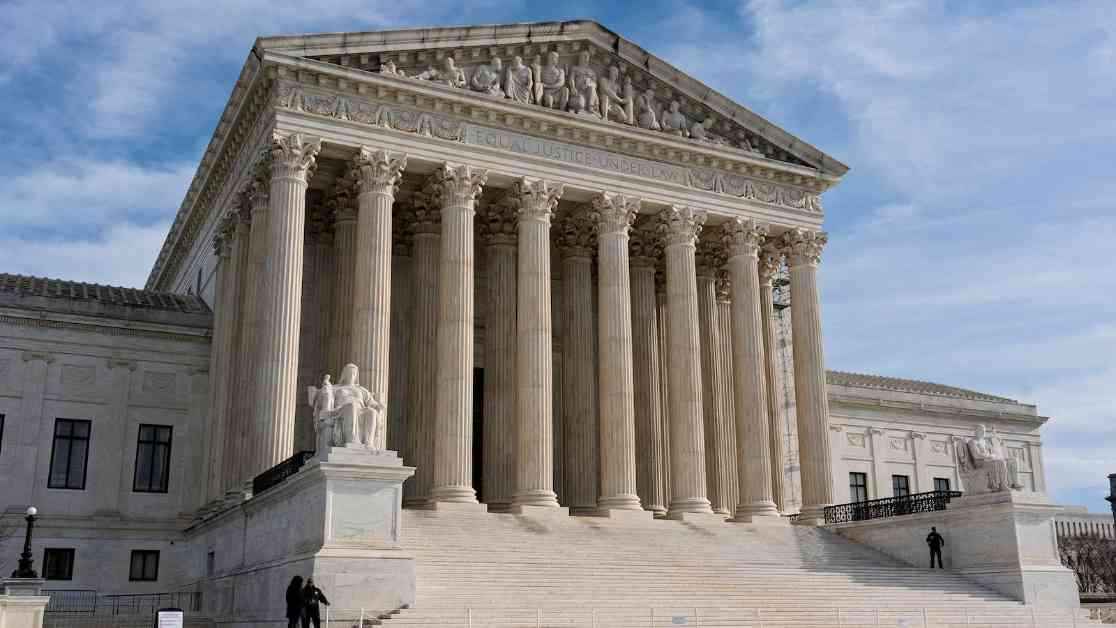The conservative majority really helped Trump out, giving him a big boost in his quest for full control of the executive branch. The Supreme Court’s conservative majority made a decision on Thursday that supported President Donald Trump’s efforts to take charge of all the executive branch agencies. This decision allowed Trump to remove the heads of the National Labor Relations Board and the Merit Systems Protection Board without any real reason, which he did already. A district court had previously ruled in favor of Cathy Harris from the Merit Systems Protection Board and Gwynne Wilcox from the National Labor Relations Board, saying that their firings were likely illegal and needed to be undone.
But in a 6-3 vote, the Supreme Court sided with Trump and decided to put a hold on the lower court’s order to reinstate Harris and Wilcox, at least for the time being. The majority of the justices felt that the government would suffer more harm if the fired officers were allowed to continue their roles than the officers themselves would face from not being able to do their jobs. Justices Sonia Sotomayor, Elena Kagan, and Ketanji Brown Jackson disagreed with the majority’s decision, saying that it favored the president over established legal precedent. They argued that Congress had set out clear rules for the protection of independent agency heads from arbitrary removal by the president.
This case has attracted a lot of attention because it’s a major test of the president’s authority over independent agencies that were set up by Congress to be free from political influence. One of the agencies that people are particularly worried about is the Federal Reserve, where Trump has publicly expressed his dissatisfaction with Chair Jerome Powell. Despite historical norms protecting the Federal Reserve chair from presidential interference, Trump has threatened to try and fire Powell. The Supreme Court acknowledged the concerns about the Federal Reserve in their decision, but they felt that the case at hand didn’t directly impact the constitutionality of the protections in place for Federal Reserve members. They argued that the Federal Reserve operates differently from other government agencies and has a unique structure that sets it apart from traditional governmental bodies.


